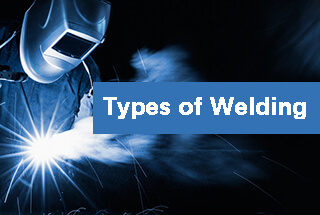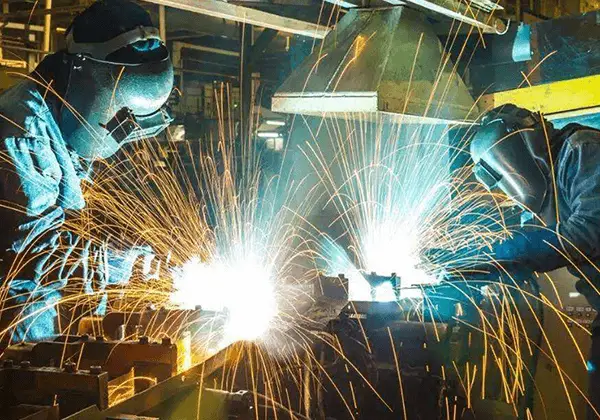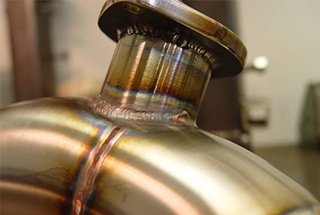Laser welding is widely used in various industries due to its advantages of high efficiency, high precision, good results, and ease of automation integration. It plays an important role in industrial production and manufacturing, including industries such as military, medical, aerospace, 3C auto parts, mechanical sheet metal, new energy, and bathroom hardware.
However, any processing method, including laser welding, can produce defects or subpar products if the principle and process are not properly understood.
To maximize the value of laser welding and produce high-quality products with a flawless appearance, it is important to understand these defects and learn how to avoid them.
Through years of experience, engineers have compiled solutions to common welding defects for reference by colleagues in the industry.
1. Crack
Cracks that occur during laser continuous welding are mainly thermal cracks, such as crystallization cracks and liquefaction cracks.
The primary cause of these cracks is the large shrinkage force generated by the weld before it has fully solidified.
Using wire filling, preheating, or other methods can reduce or eliminate these cracks.
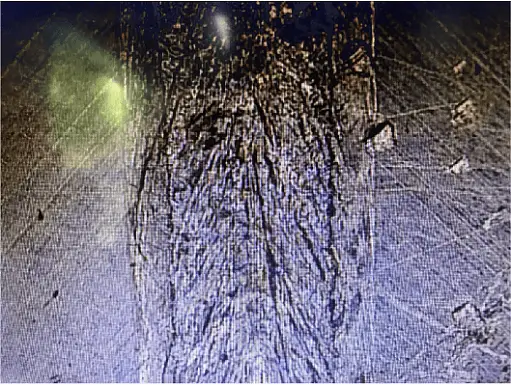
Crack weld
2. Air hole
Porosity is a common defect in laser welding.
The deep and narrow molten pool in laser welding cools rapidly, making it difficult for any gas generated in the molten pool to escape, leading to the formation of pores.
However, despite the quick cooling, porosity in laser welding is generally smaller than that found in traditional fusion welding.
Cleaning the surface of the workpiece before welding can reduce the occurrence of pores, and the direction of blowing can also impact the formation of pores.
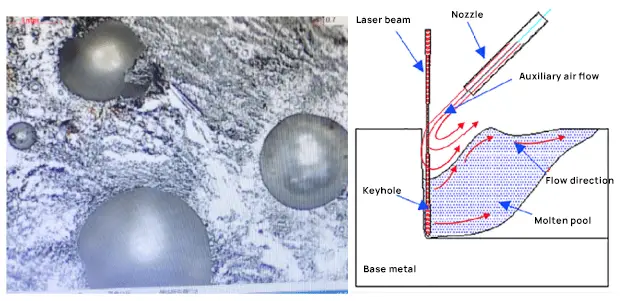
Weld porosity (left)
Weld formation process (right)
3. Splash
The spatter produced during laser welding can significantly impact the surface quality of the weld and cause contamination and damage to the lens.
Spatter is directly tied to the power density, so reducing the welding energy can help reduce spatter.
If the penetration is inadequate, reducing the welding speed can also help.
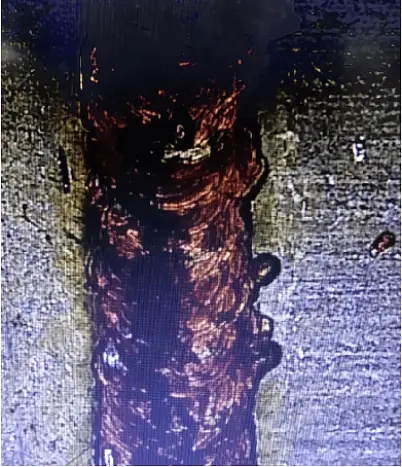
4. Undercut
If the welding speed is too fast, the liquid metal at the back of the small hole pointing to the center of the weld will not have time to redistribute, resulting in solidification and undercut on both sides of the weld.
A large gap in the joint assembly can also reduce the amount of caulked molten metal, making undercut more likely to occur.
If the energy decreases too quickly at the end of laser welding, the small hole may collapse, leading to local undercut.
Properly matching the power and speed can effectively prevent the formation of undercut.
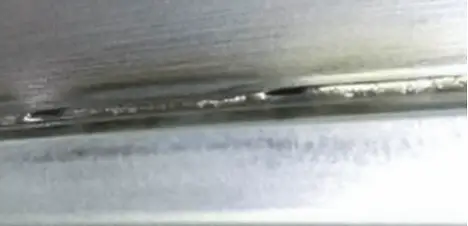
5. Collapse
If the welding speed is slow, the molten pool will be larger and wider, increasing the amount of molten metal. This can make it difficult to maintain surface tension.
When the molten metal becomes too heavy, the center of the weld may sink and form collapses and pits.
In this case, it is necessary to reduce the energy density appropriately to prevent the collapse of the molten pool.
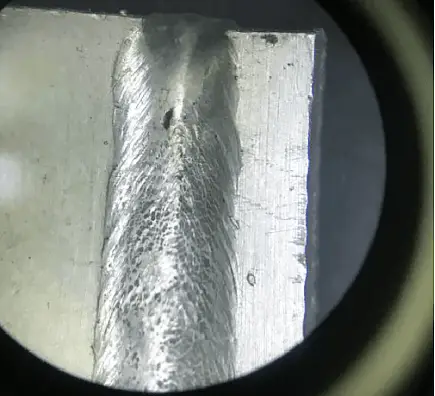
Aluminum alloy weld collapse
Having a correct understanding of the defects that can occur during laser welding and the causes of different defects allows for a more targeted approach to resolving any abnormal welding problems.
